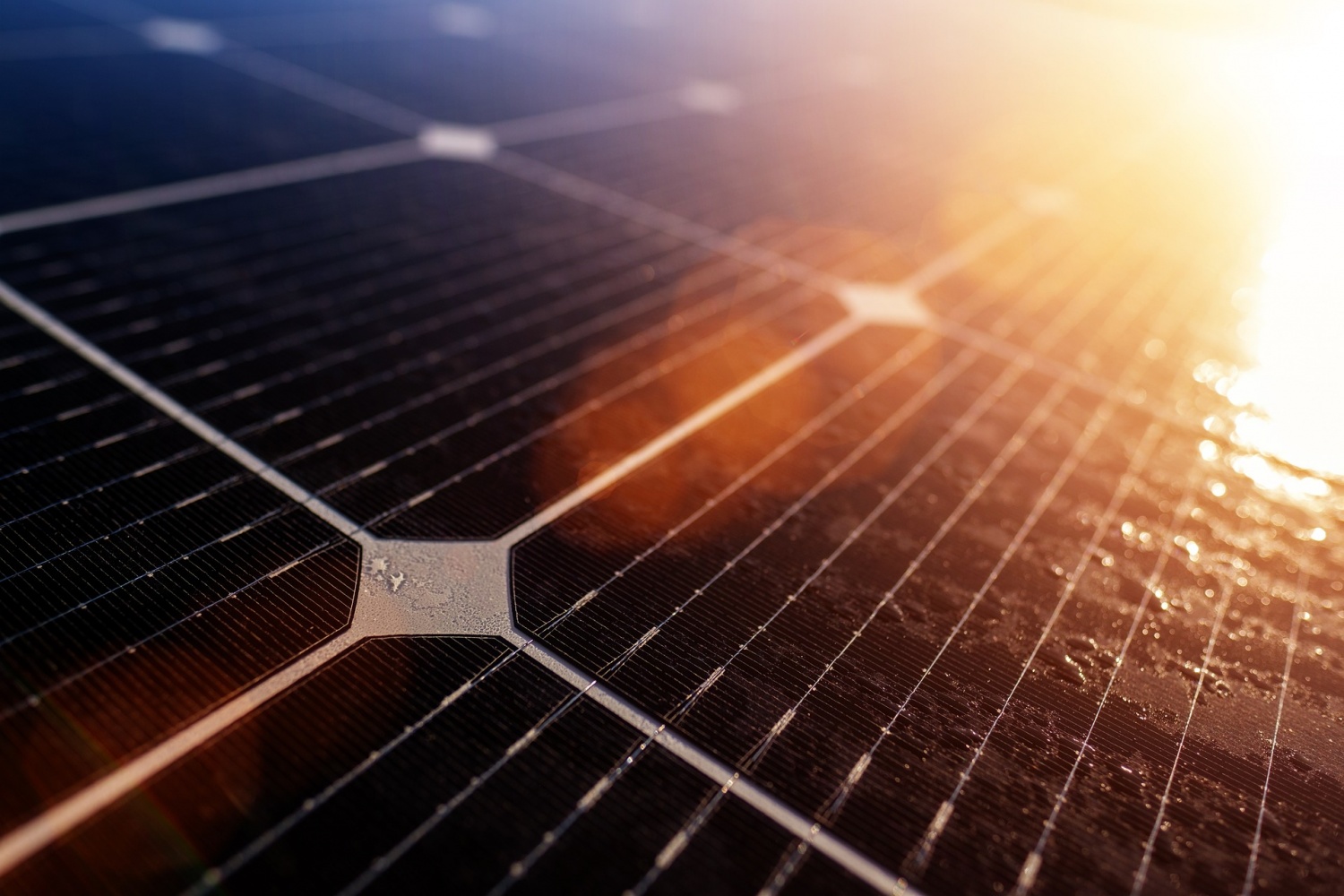The use of perovskite solar cells, renowned for their ability to efficiently convert sunlight into electricity, is undergoing a transformation with the integration of artificial intelligence (AI) and machine learning. Researchers from the Karlsruhe Institute of Technology (KIT) have made significant progress in predicting and enhancing the quality of perovskite layers during the manufacturing process, in collaboration with Helmholtz Imaging and Helmholtz AI.
Tandem solar cells utilizing perovskite semiconductors have demonstrated superior performance to traditional silicon solar cells. The key to bringing this technology to market lies in improvements in stability and manufacturing processes. The potential for widescale adoption of these cells is promising, with an efficiency exceeding 33% – significantly higher than traditional silicon solar cells – and the use of cost-effective raw materials. Manufacturing these advanced solar cells involves creating high-grade, multi-crystalline thin layers without deficiencies or holes using scalable and cost-effective methods.
The team experimentally observed variations in photoluminescence during production, highlighting its impact on coating quality. The innovative use of AI, particularly Explainable Artificial Intelligence (XAI), is considered a paradigm shift in materials science, offering systematic insights that go beyond traditional approaches. The AI system, trained to recognize patterns in photoluminescence variations, proved instrumental in predicting the efficiency levels of each solar cell based on the observed light emission during the manufacturing process.
Ulrich W. Paetzold from KIT’s Institute of Microstructure Technology and the Light Engineering Institute described the results as “extremely exciting,” citing the solid clue gained from the AI in knowing which parameters need to be changed to improve production. The findings of the study were published in the journal Advanced Materials.
The integration of AI and machine learning in the production of perovskite solar cells represents an important step forward in the development and optimization of next-generation solar cell technology.

